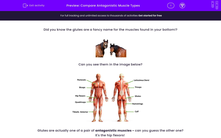Did you know the glutes are a fancy name for the muscles found in your bottom!?
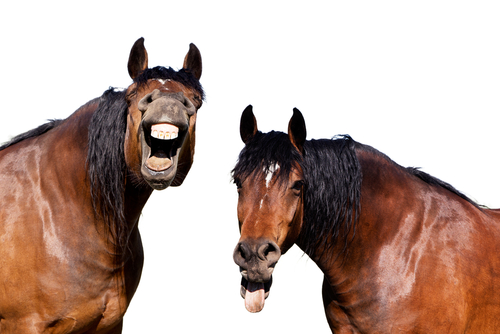
Can you see them in the image below?
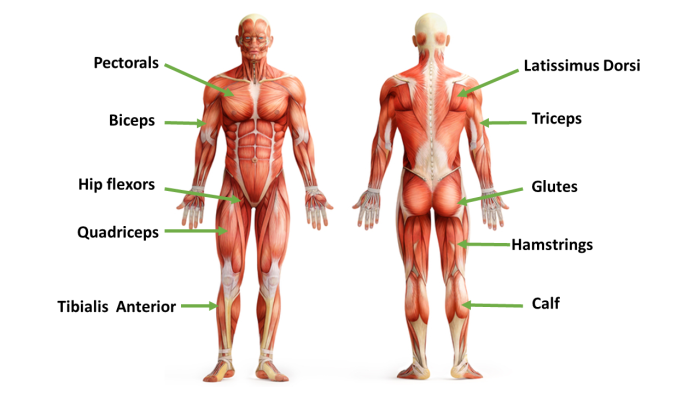
Glutes are actually one of a pair of antagonistic muscles - can you guess the other one?
It's the hip flexors!
Our muscle cells are specialised cells and they work together to form muscle tissue. Muscles have certain adaptations in order to carry out certain functions, for example they have lots of mitochondria. The mitochondria are organelles where energy is produced from respiration. Muscles also have a good supply of blood. Blood carries oxygen which is also needed for respiration, along with glucose from our food to produce energy. Muscles need energy so they can contract. This allows them to pull on bones to allow movement.
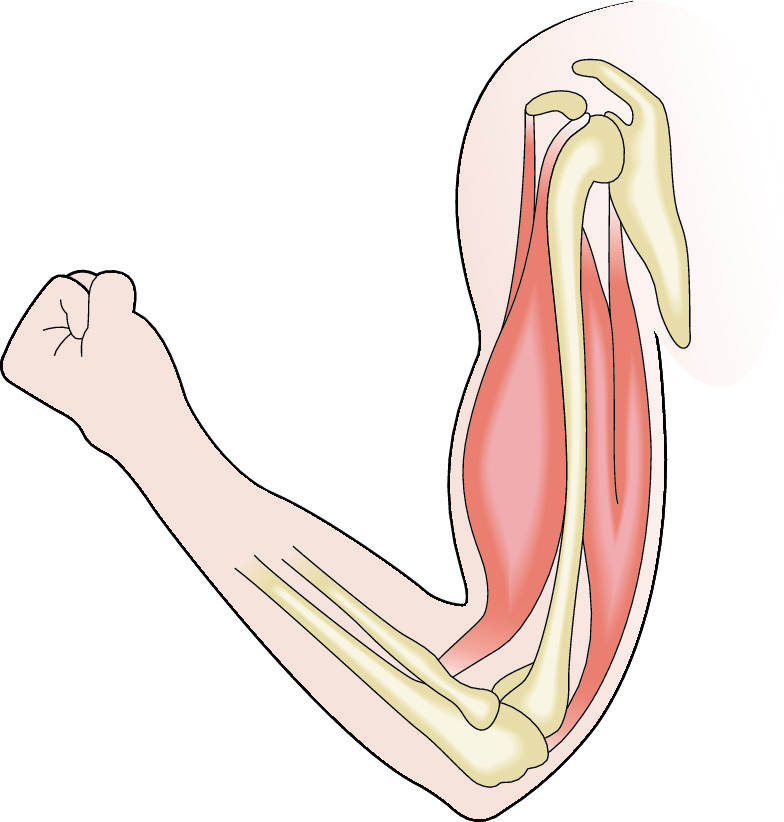
Skeletal muscles are the main group of muscles found in the body. Tendons attach muscles to the bone. We can see from the image above that when a muscle contracts, it gets shorter and thicker and ends up pulling on a tendon which pulls on the bone it's attached to, making it move. A force is produced by the muscle. When muscles stop contracting, they relax. This means no force is produced.
In order to move a bone at a joint, two muscles need to work together, this is called an antagonistic pair. This interaction between muscles and bones in the body is known as biomechanics.
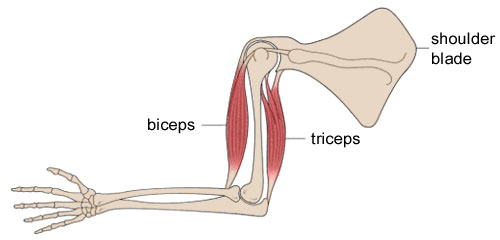
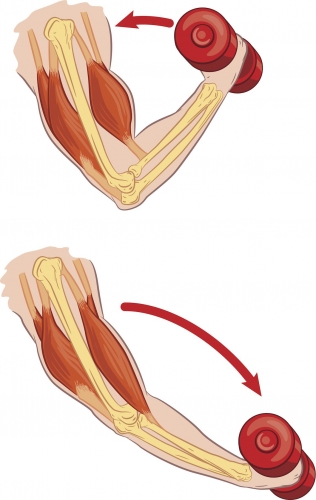
The biceps and triceps are the muscles in our upper arm, they're an antagonistic pair. When the biceps contract, the triceps relax and the arm bends towards the body. You can see this in the image above - the biceps become shorter. When the triceps contract, the biceps relax, extending the arm away from the body.
Other examples of antagonistic muscles can be seen in our leg:
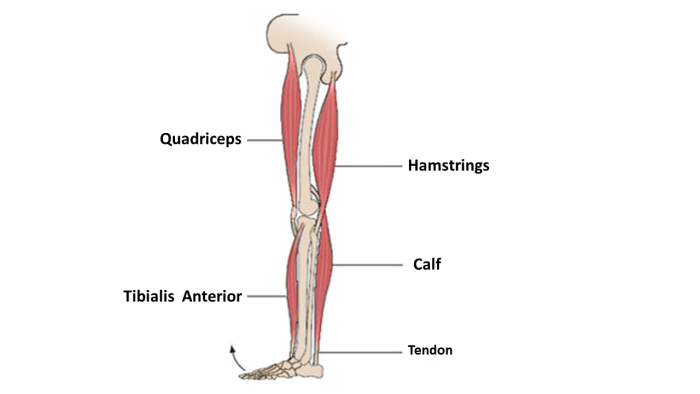
In the upper part of the leg we have the quadriceps and hamstrings. Here, if the hamstrings contract and the quadriceps relax, the knee bends. If the quadriceps contract, the hamstrings relax causing the knee to extend.
The tibialis anterior muscle is found at the front of our lower leg, and its antagonistic pair is the calf muscle. When the tibialis anterior contracts (and calf muscle relaxes) it causes the foot and toes to pull upwards. When the calf muscle contracts (and tibialis anterior muscle relaxes) it causes the foot and toes to point, something you may need when doing gymnastics or ballet!
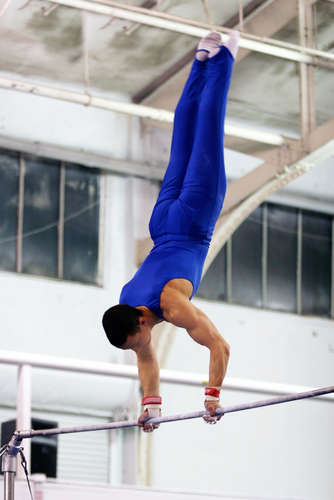
There are many more antagonistic muscle pairs. For example, the hip flexors and glutes that we mentioned earlier. The hip flexors found at the front of the hips moves the hip upwards (allowing the leg to move up) when they contract, which is needed when walking or running. The glutes are found behind the hips, where your bottom is. When the glutes contract it extends the hips, allowing the leg to move backwards.
Another antagonistic muscle pair are the pectorals and the latissimus dorsi (quite a mouthful that one!). The pectorals contract to allow the arms to move out to the side, while the latissimus dorsi contracts to allow the arm to move in front of the body at the shoulder. This is particularly useful for activities like swimming!

We can see that our muscles are pretty amazing, without them we would find movement quite difficult!
In this activity, we're going to compare different antagonistic muscle types and how they cause movement.

